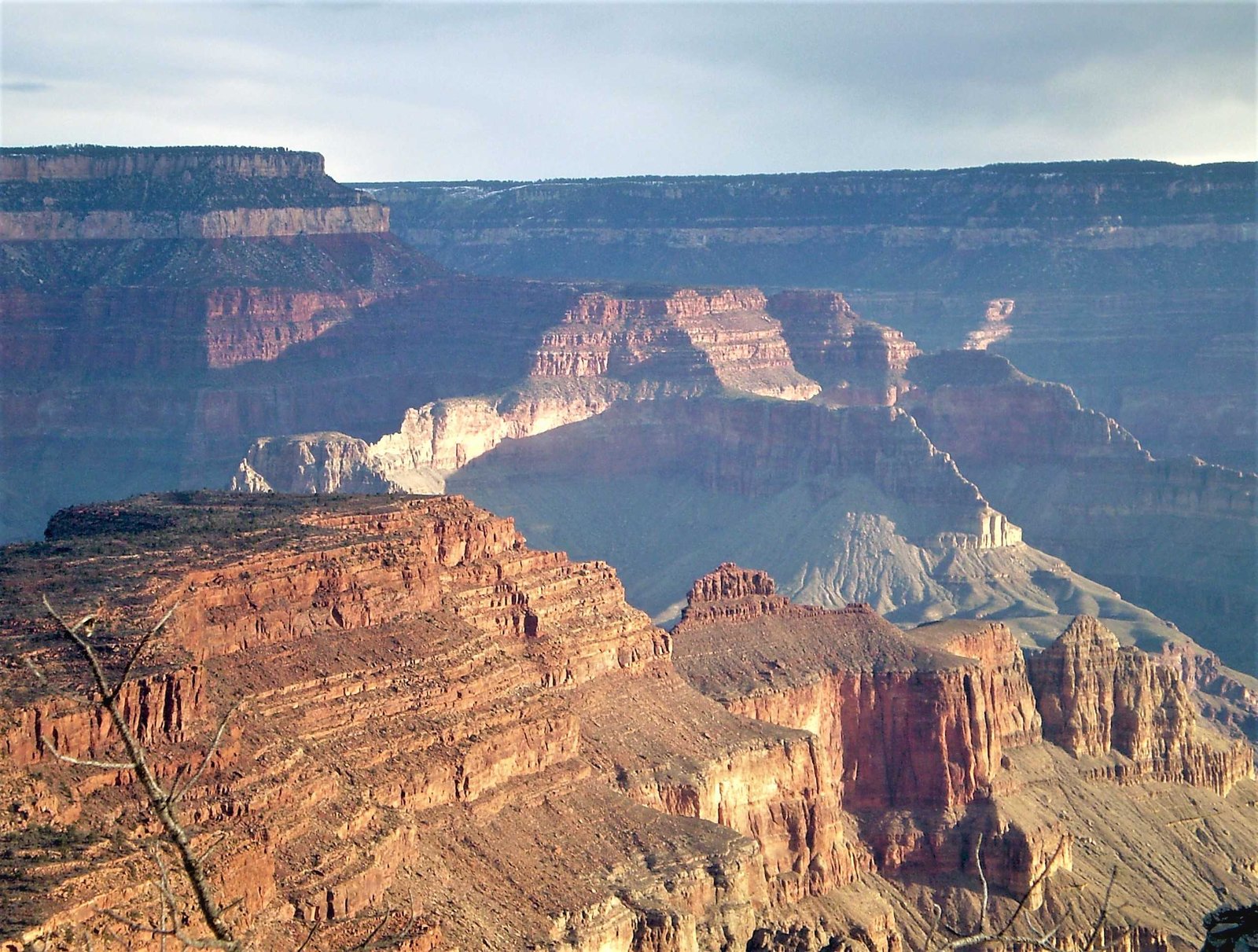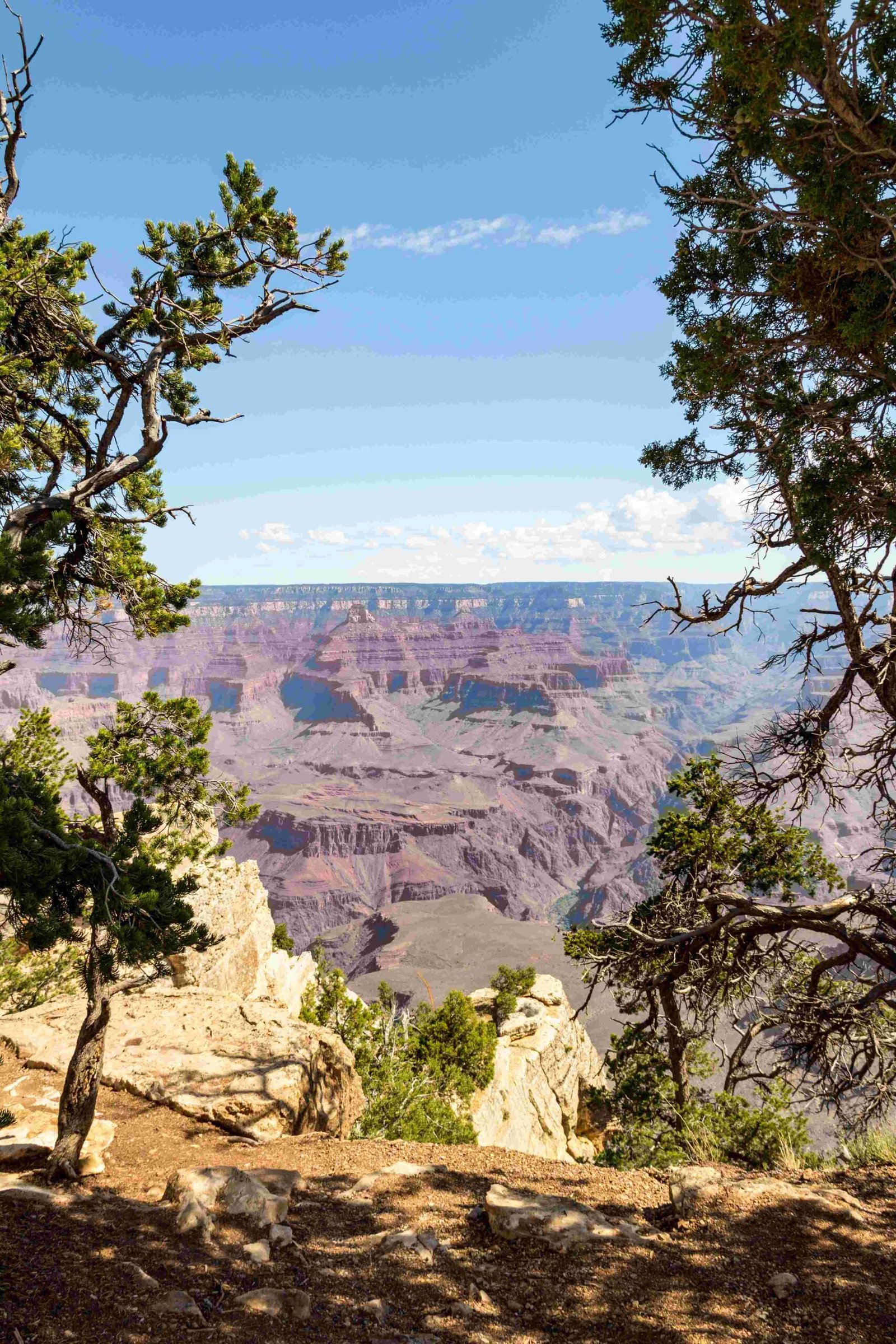The Grand Canyon Hopi Point Shuttle offers visitors a convenient and free transportation option along the scenic Hermits Rest Route at the South Rim. Operating from March to November, this shuttle service provides breathtaking access to some of the most stunning viewpoints in Grand Canyon National Park, allowing travelers to explore multiple scenic locations without the hassle of driving personal vehicles.
What Makes the Grand Canyon Hopi Point Shuttle Unique?

The Hopi Point shuttle represents more than just transportation—it’s a gateway to experiencing the Grand Canyon’s magnificent landscape. Here are key features that make this shuttle service exceptional:
Route and Coverage
- Hermits Rest Route: Covers approximately 7 miles of scenic rim
- Stops: Includes Maricopa Point, Powell Point, The Abyss, Monument Creek Vista
- Accessibility: Wheelchair-friendly buses with specialized accommodations
Shuttle Schedule and Frequency
| Time Period | Shuttle Frequency |
|---|---|
| 8:00 AM – 11:00 AM | Every 15 minutes |
| 11:00 AM – Sunset | Every 10 minutes |
| Post-Sunset | Special return buses |
How Can Visitors Access the Shuttle?

Ticket and Cost Information
- Price: Completely free for all visitors
- No Reservation Required: Walk-on service available
- Operating Months: March 1 to November 30
Boarding Locations
- Grand Canyon Village
- Various designated shuttle stops
- Hermit Road bus stops
What Should Travelers Know Before Riding?
Accessibility Features
- Wheelchair ramps available
- Maximum wheelchair dimensions: 30 inches wide by 48 inches long
- Bicycle racks on buses
- Accessible paths at each stop
Recommended Preparation
- Bring water and sun protection
- Wear comfortable walking shoes
- Check current schedule before travel
- Arrive early during peak season
What Scenic Experiences Await at Hopi Point?
Hopi Point offers some of the most spectacular Grand Canyon views, particularly during:
– Sunrise photography
– Sunset viewing
– Panoramic landscape observation
– Geological formation appreciation
Unique Viewpoint Characteristics
- Expansive 180-degree canyon vista
- Clear view of Colorado River
- Geological layers spanning millions of years
- Minimal walking required from shuttle stop
What Additional Services Are Available?
Facilities at Hopi Point
- Single restroom facility along Hermit Road
- Informational signage
- Short walking paths
- Limited shade areas
Visitor Tips
- Arrive early for best views
- Bring layers for temperature changes
- Carry sufficient water
- Use provided interpretive signs for geological insights
How to Maximize Your Shuttle Experience?
- Check current shuttle schedules online
- Plan your route in advance
- Arrive at least 30 minutes before desired departure
- Bring camera and binoculars
- Follow park guidelines and shuttle etiquette
Photography and Observation Recommendations
- Best light: Early morning and late afternoon
- Recommended camera equipment: Wide-angle lens
- Tripod recommended for stable shots
- Consider neutral density filters
Safety and Etiquette
- Follow driver instructions
- Respect fellow passengers
- Keep noise levels low
- Do not distract driver
- Secure loose items during ride
Emergency Preparedness
- Carry basic first-aid kit
- Stay hydrated
- Inform shuttle staff of any medical concerns
- Know emergency contact numbers
Final Thoughts on Grand Canyon Hopi Point Shuttle
The Grand Canyon Hopi Point Shuttle transforms canyon exploration, offering an accessible, convenient, and environmentally friendly transportation method. By understanding its features and preparing appropriately, visitors can create unforgettable memories while preserving this magnificent natural landscape.

